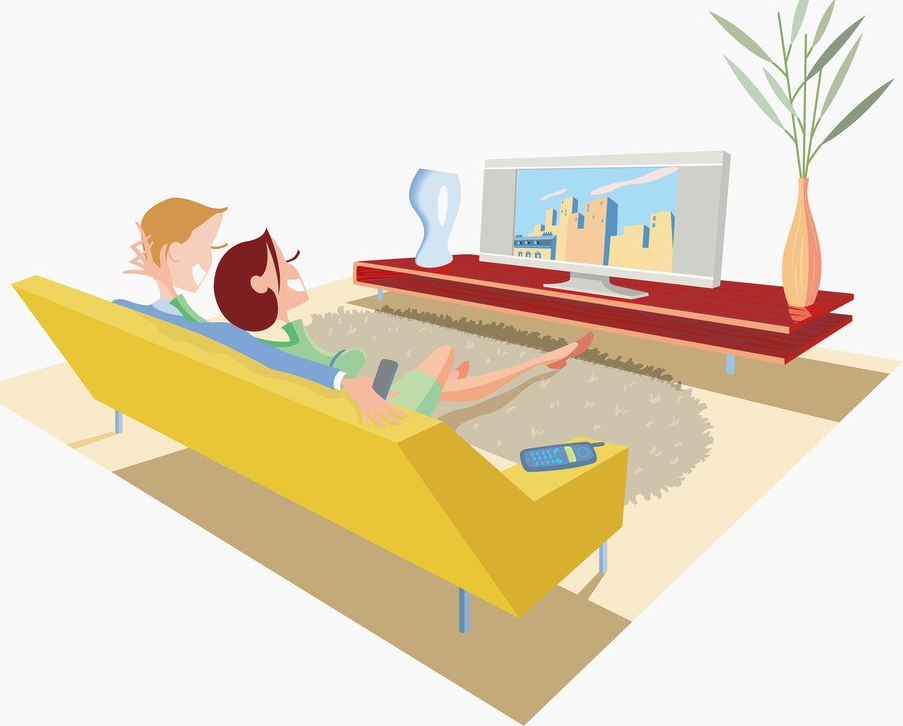
Safety & Person-Centered Focus
High Priority Vocabulary
Money is all numbers and every number has a name. And you can write the names of numbers in letters. It's important to be able to recognize words that are actually numbers.
PRESENTERS: Go over each number, spelling it out so participants can hear it spelled.
Every day this week we will learn 6 number words. By Friday you'll know 30! Here's the Monday set:
- zero 0
- one 1
- two 2
- three 3
- four 4
- five 5
Game Time
Which key card goes to which door in the hotel?
PRESENTERS: this is a google slide so if you click "PRESENT" in the upper right corner it will fill the screen. Use the ESC key to leave presenter view.
View and match or use annotate to match
<Body Break>
Show & Share
Where's that artwork? Did you make a drawing, take a photo, or find a picture online that you want to share that expresses your thoughts or feelings?
Life-Skills Stories
Read this story about shopping for a TV, together. After reading it discuss the questions at the end.
<Body Break>
Visualizing What We Read
Reading stories that don't have pictures makes us use our imagination. We fill in the details that the story doesn't tell. Each person listening or reading will imagine the story slightly differently and all the versions can be right.
What do you think Todd and Hannah and their mother look like? What color hair might each have? Do you think they are a tall or average height family? What do you imagine their home looks like? What kind of car did Hannah and Todd take to the store? What do you think that first salesman they spoke to looked like?
Revisiting Last Week's Learning
Can you describe your home for your friends?
Life Skill Applied
Together, create a comparison-shopping chart that you could use to shop for a pair of tennis
shoes. You can use your own sheet of paper to make one at home if you like.
Headings might include — brand, color, arch, price
You can use this link to remember the basic chart design.
Safety Questions
- Why shouldn’t you carry money in your hands?
- Hannah and Todd went to six different stores. Would it be OK for them to wear their seatbelts between home and the stores but not between stores?
<Body Break>
Person-Centered Life
Expensive things we want are often called "big-ticket" items because the price ticket is a large number. Do you think a comparison chart is a good idea if you are going to spend a lot of money on something?
- What big item are you saving up for?
- How much have you saved so far?
- Why do you want it?
- What is the biggest, most expensive thing you ever bought with your own money?
- Did you ever share a purchase, the way Todd and Hannah did?
Pretend Shopping
PRESENTERS: Use the lesson to demonstrate searching in a search bar at a website when you shop oline.
Right now we can't really shop the way we're used to. Most people shop online. Choose 3 items from the list below and go to online websites that sell them to compare prices and features. Each person can say the one they would buy if it were their decision.
- Refrigerator
- Book shelf
- Computer
- Blue-Ray DVD player
- Bicycle
- Vacuum cleaner
What's Different During a Pandemic?
Before Covid-19 we could go into stores and not have to worry about getting sick from other people in the store. Now we try to avoid going places where there are a lot of other people. What are some of the services stores offer to make it easier to shop without being around a lot of other people?
If you owned a store, how would you encourage your customers to follow the rules for social distancing?
Tomorrow we will look at money in the community, financial planning, and shopping for food! yum!
What Did We Learn Today?


